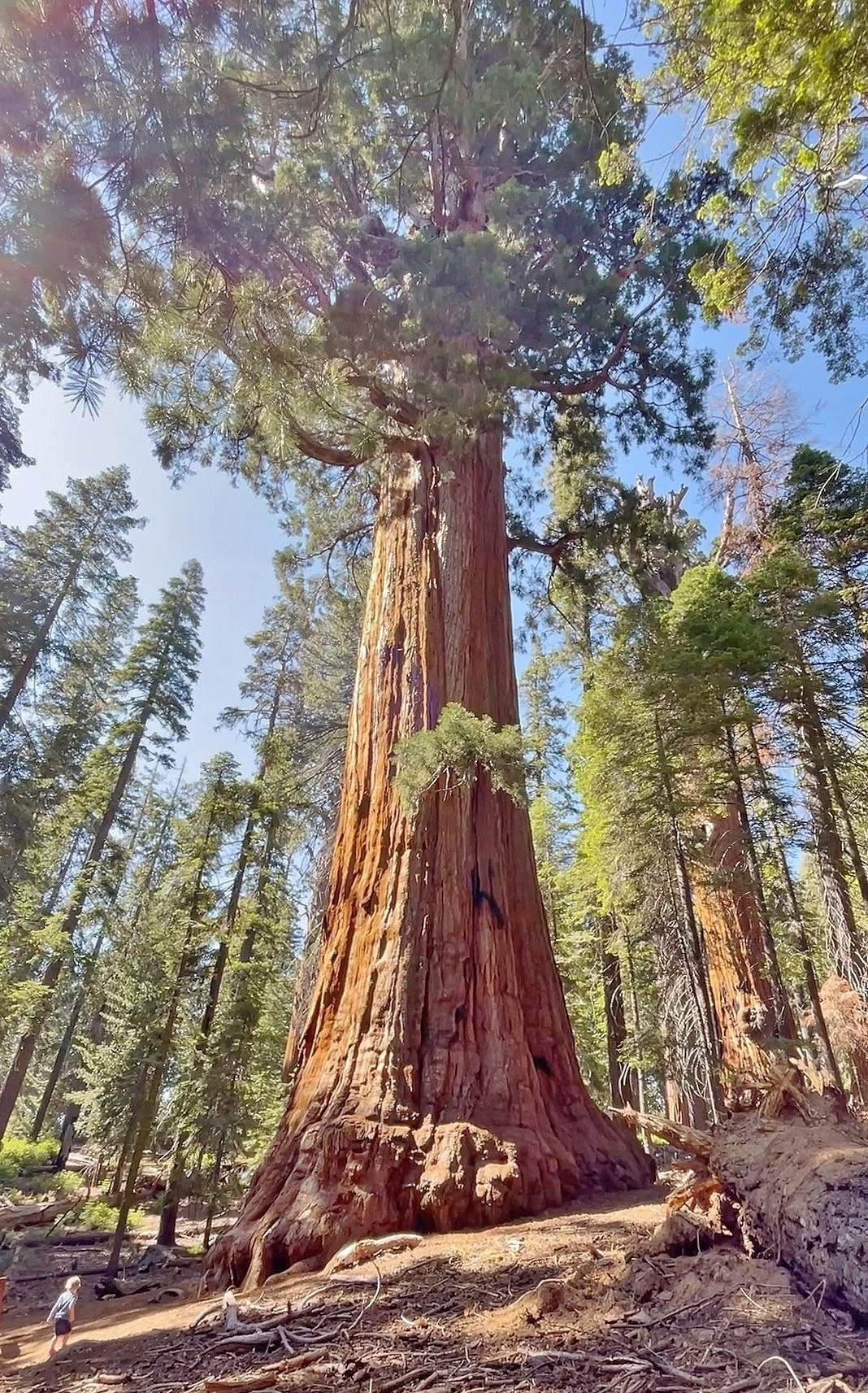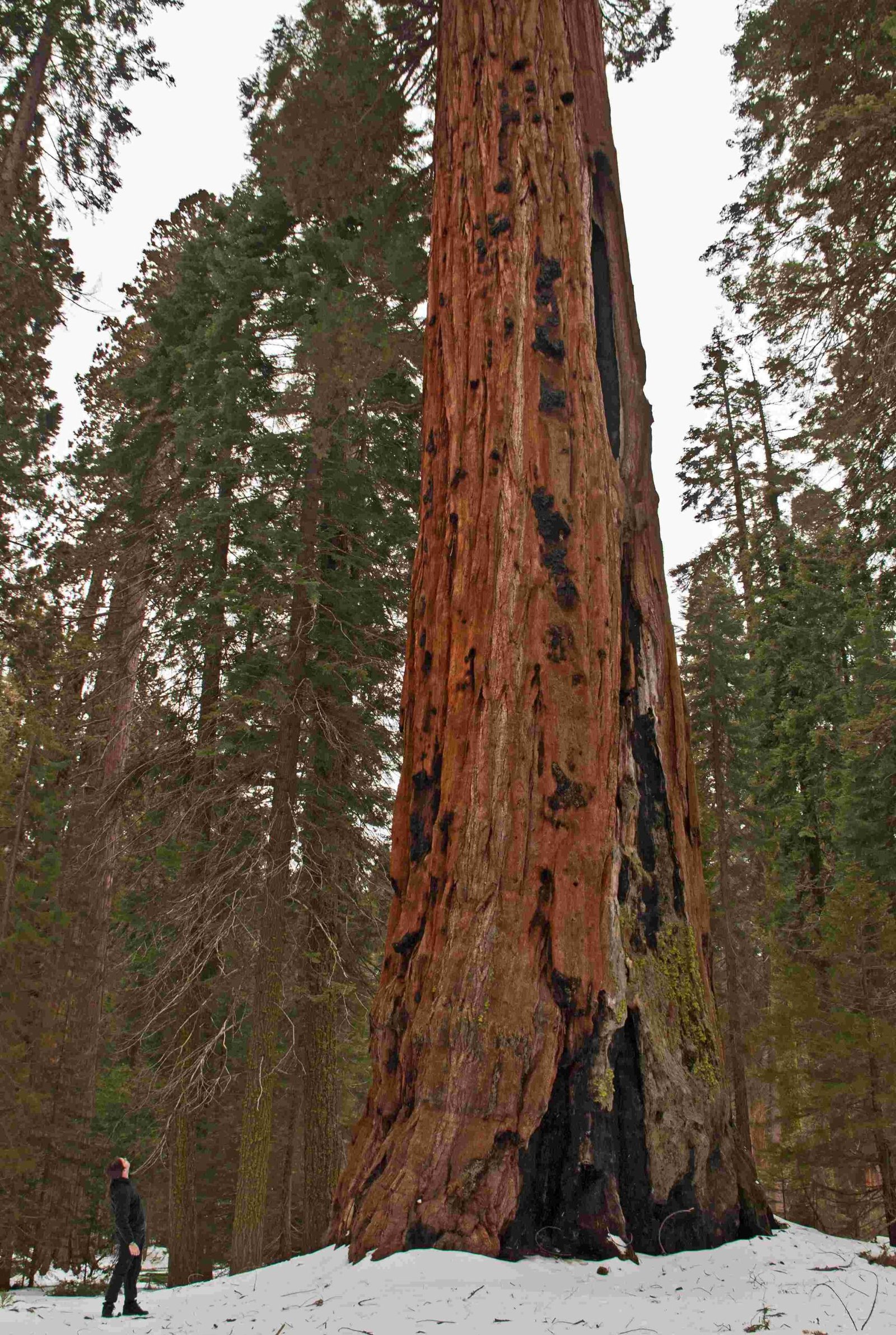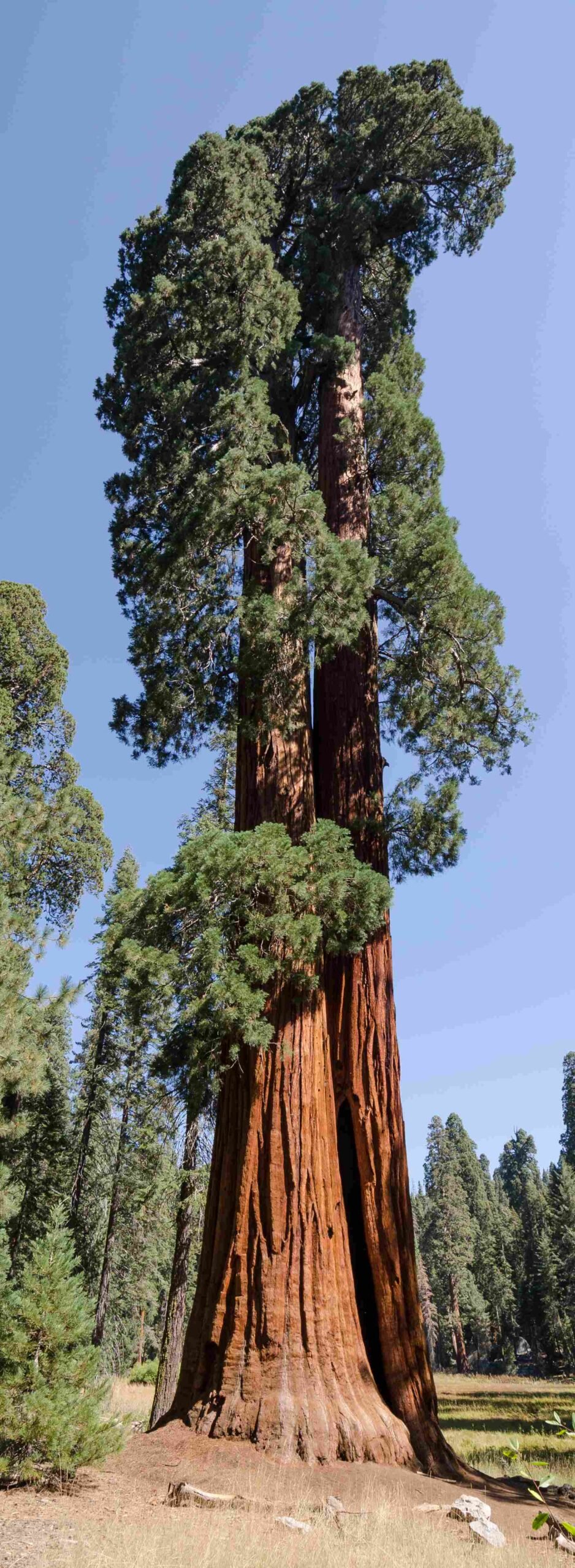Sequoia National Park offers breathtaking hikes, with the Eagle View trail being a standout experience. This moderate 5.3-mile round trip hike provides stunning vistas of the Sierra Nevada mountains and the Giant Forest. The trail, which gains 879 feet in elevation, takes hikers through diverse landscapes, from mixed-conifer forests to rocky cliffs. With its trailhead at the High Sierra Trail, Eagle View offers a perfect blend of challenge and reward for nature enthusiasts visiting Sequoia National Park.
What Makes Eagle View Trail Unique?

Eagle View Trail in Sequoia National Park stands out for several reasons:
- Panoramic Views: The trail offers unparalleled views of the Sierra Nevada range.
- Diverse Ecosystems: Hikers experience various habitats, from dense forests to alpine environments.
- Moderate Difficulty: Suitable for a range of hiking abilities, providing a challenge without being overly strenuous.
- Rich Wildlife: Opportunities to spot local fauna like marmots and mule deer.
- Historical Significance: Part of the larger High Sierra Trail, which has a rich backpacking history.
What Are the Key Details of the Eagle View Trail?

Understanding the trail’s specifics is crucial for planning your hike:
- Distance: 5.3 miles round trip
- Elevation Gain: 879 feet
- Estimated Time: 5 hours round trip
- Difficulty: Moderate
- Best Season: April to October
- Trailhead: High Sierra Trailhead, off Crescent Meadow Road
How to Prepare for the Eagle View Hike?
Proper preparation is key to enjoying your hike to Eagle View:
- Wear sturdy hiking boots for the uneven terrain.
- Bring plenty of water and snacks.
- Pack sunscreen and a hat for sun protection.
- Carry a map and compass or GPS device.
- Bring layers of clothing for changing weather conditions.
- Don’t forget insect repellent, especially on windless days.
- Bring a camera to capture the stunning views.
What Facilities Are Available at the Trailhead?
Before starting your hike, it’s important to know what amenities are available:
- Parking: Limited spaces at Crescent Meadow parking area
- Restrooms: Available at the parking area
- Visitor Center: Giant Forest Museum nearby (open 9 AM to 4:30 PM)
- Shuttle Service: Free Sequoia Shuttle to Crescent Meadow (recommended during peak season)
What Wildlife Might You Encounter on the Trail?
The Eagle View Trail offers opportunities to observe local fauna:
| Wildlife | Likelihood of Sighting | Best Time for Viewing |
|---|---|---|
| Marmots | High | Early morning or late afternoon |
| Mule Deer | Moderate | Dawn or dusk |
| Black Bears | Low | Early morning |
| Various Bird Species | High | Throughout the day |
Remember to maintain a safe distance from all wildlife and never feed the animals.
What Are the Seasonal Considerations for Hiking Eagle View?
The trail experience can vary significantly depending on the season:
- Spring (April-May):
- Wildflowers begin to bloom
- Potential for lingering snow at higher elevations
-
Cooler temperatures, ideal for hiking
-
Summer (June-August):
- Warmest temperatures, can be hot during midday
- Busiest season with more hikers on the trail
-
Longer daylight hours for extended hikes
-
Fall (September-October):
- Cooler temperatures return
- Potential for early snow at higher elevations
-
Beautiful fall colors in the forest
-
Winter (November-March):
- Trail may be inaccessible due to snow
- Snowshoeing or cross-country skiing might be possible
- Check with park rangers for current conditions
What Are the Highlights Along the Eagle View Trail?
As you hike the Eagle View Trail, you’ll encounter several noteworthy features:
- Gokhbergs View: An early viewpoint offering a taste of the vistas to come.
- Mixed-Conifer Forest: A diverse ecosystem with towering sequoias and pines.
- Wolverton Cutoff Sign: A landmark indicating you’re nearing the Eagle View point.
- Rocky Cliffs: The final ascent to Eagle View traverses dramatic rocky terrain.
- Eagle View Lookout: The ultimate destination with panoramic views of the Sierra Nevada.
How Does Eagle View Compare to Other Sequoia National Park Hikes?
While Eagle View is a standout hike, it’s worth comparing it to other popular trails in the park:
| Trail Name | Distance (Round Trip) | Difficulty | Main Feature |
|---|---|---|---|
| Eagle View | 5.3 miles | Moderate | Panoramic mountain views |
| Moro Rock | 0.6 miles | Moderate | 360-degree vista from a granite dome |
| Congress Trail | 2 miles | Easy | Giant sequoia groves |
| Tokopah Falls | 4 miles | Moderate | 1,200-foot waterfall |
| Alta Peak | 13 miles | Strenuous | High-elevation alpine views |
What Safety Precautions Should Hikers Take?
Ensuring a safe hike to Eagle View requires attention to several factors:
- Altitude: The trail reaches elevations where altitude sickness can occur. Acclimatize properly and be aware of symptoms.
- Weather: Check the forecast before setting out and be prepared for sudden changes.
- Navigation: While well-marked, always carry a map and compass or GPS device.
- Wildlife: Store food properly and maintain a safe distance from animals.
- Hydration: Bring more water than you think you’ll need, especially on hot days.
- Sun Exposure: Use sunscreen and wear protective clothing, as parts of the trail have limited shade.
- Emergency Plan: Inform someone of your hiking plans and expected return time.
How Can Hikers Minimize Their Environmental Impact?
Practicing Leave No Trace principles is crucial for preserving the beauty of Sequoia National Park:
- Stay on designated trails to prevent erosion and protect vegetation.
- Pack out all trash, including biodegradable items.
- Respect wildlife by observing from a distance and not feeding animals.
- Use established campsites if backpacking beyond Eagle View.
- Minimize use of fire and follow all fire regulations.
- Be considerate of other hikers, keeping noise levels down.
By following these guidelines, hikers can help ensure that the Eagle View Trail and Sequoia National Park remain pristine for future generations to enjoy.
References:
1. 10adventures.com/hikes/sequoia-and-kings-canyon-national-parks/eagle-view-trail/
2. gaiagps.com/hike/8136/eagle-view-via-high-sierra-trail/
3. nps.gov/thingstodo/a-bird-s-eye-view.htm

